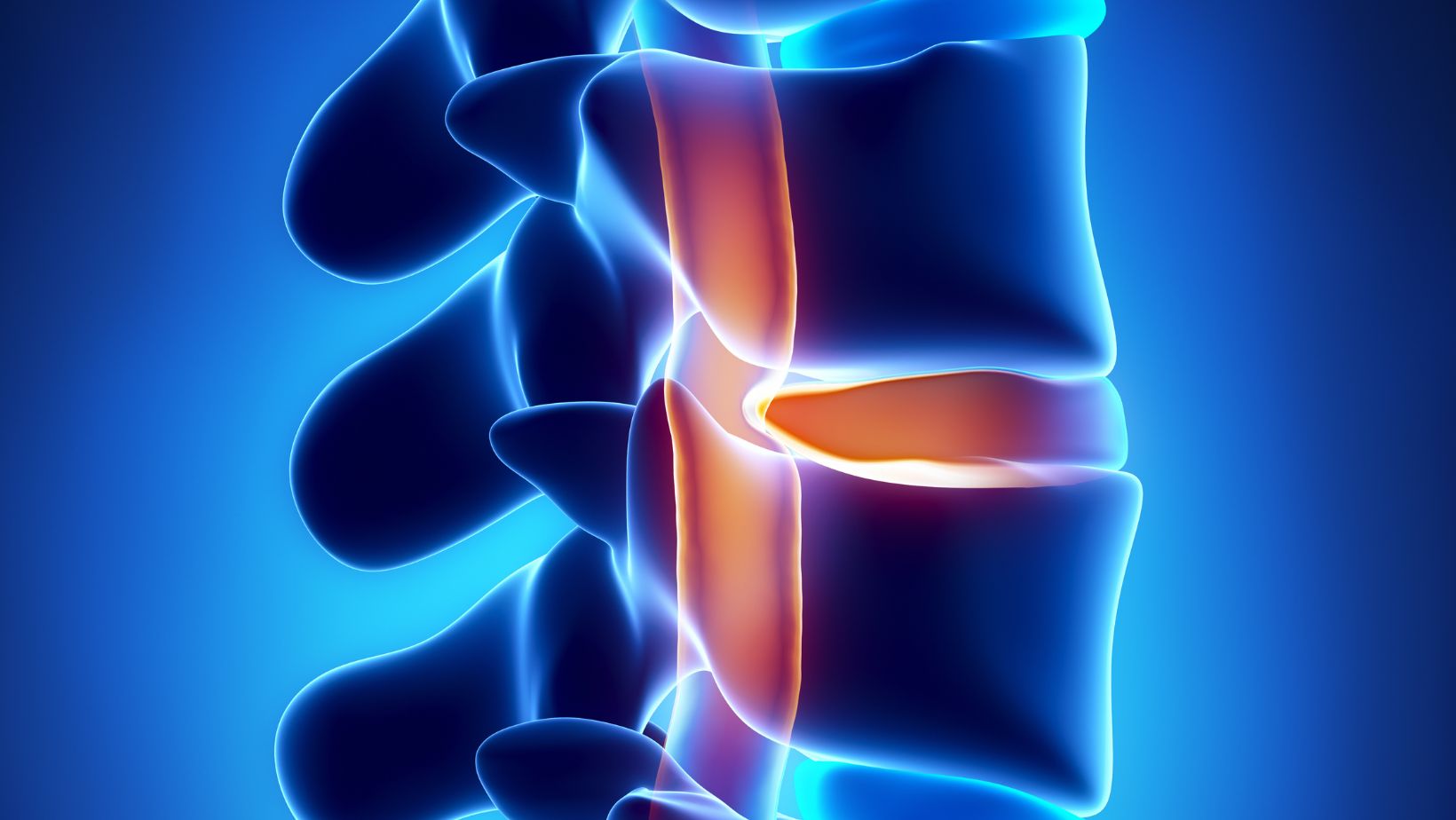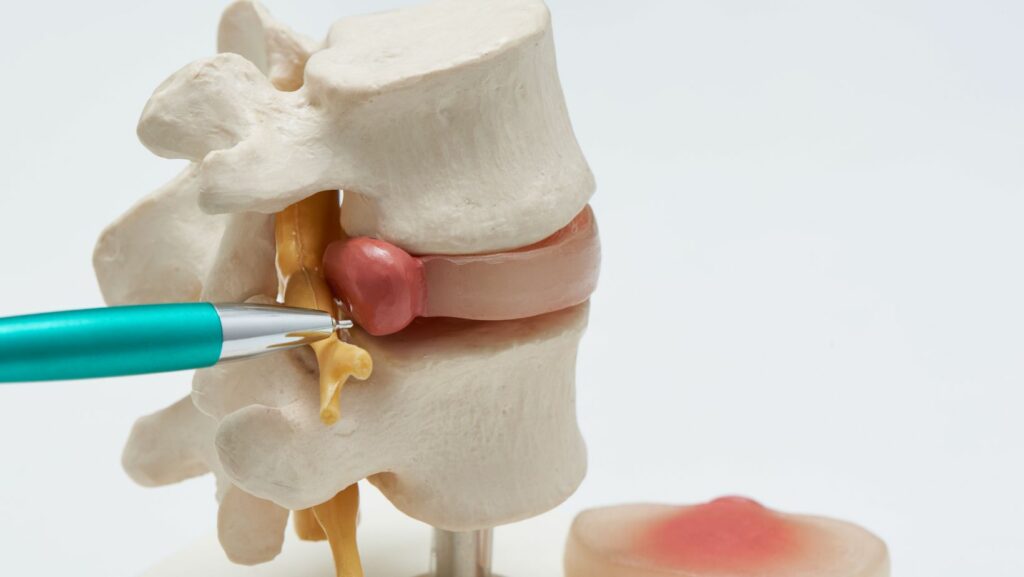Dealing with back pain can be a frustrating and debilitating experience. One possible cause of this discomfort is a condition known as Vacuum Disc Phenomenon. But what exactly is Vacuum Disc Phenomenon and how can it be treated? In this article, I’ll delve into the details of this condition and discuss the available treatment options.
Vacuum Disc Phenomenon occurs when there is negative pressure within the intervertebral discs of the spine. This negative pressure leads to a collapse in the disc space, causing pain and discomfort for individuals affected by this condition. The exact cause of Vacuum Disc Phenomenon is still not fully understood, but it is believed to be associated with degenerative changes in the spine over time.
Table of Contents
ToggleWhat Is The Treatment For Vacuum Disc Phenomenon
The Vacuum Disc Phenomenon is a condition that affects the intervertebral discs in the spine. It occurs when there is a loss of fluid within the disc, causing it to shrink and collapse. This can result in various symptoms and may require treatment to alleviate discomfort.
Here’s what you need to know about understanding Vacuum Disc Phenomenon:
- Disc Degeneration: The vacuum phenomenon primarily occurs in individuals with degenerative disc disease, where the discs lose their elasticity and ability to absorb shock. Over time, this degeneration can lead to changes in disc structure and function.
- Radiographic Appearance: When imaging tests like X-rays or MRIs are performed on individuals with Vacuum Disc Phenomenon, distinctive gas-filled pockets can be seen within the collapsed discs. These gas collections create a characteristic pattern known as the vacuum phenomenon.
- Symptoms: The symptoms of Vacuum Disc Phenomenon vary from person to person but commonly include back pain, stiffness, limited range of motion, radiating pain down the legs or arms (depending on the affected area), muscle weakness, and numbness or tingling sensations.
- Diagnosis: A diagnosis of Vacuum Disc Phenomenon typically involves a physical examination by a healthcare professional who specializes in spine disorders. Imaging tests such as X-rays or MRIs may also be ordered to visualize the changes within the affected discs.
- Treatment Options: The treatment for Vacuum Disc Phenomenon aims at relieving pain and improving functionality. Non-surgical approaches like physical therapy exercises, anti-inflammatory medications, heat/cold therapy, and spinal injections may be recommended initially.
- Surgical Intervention: In some cases where conservative treatments fail to provide relief or if neurological complications arise due to compressed nerves, surgical intervention might be necessary. Surgical options include discectomy (removal of part or all of the affected disc) or spinal fusion to stabilize the spine.

Causes of Vacuum Disc Phenomenon
The Vacuum Disc Phenomenon is a fascinating condition that affects the intervertebral discs in the spine. It occurs when there is a reduction of pressure within these discs, leading to various symptoms and discomfort. In this section, we’ll explore some of the causes behind this intriguing phenomenon.
- Degenerative Changes: One common cause of Vacuum Disc Phenomenon is degeneration of the intervertebral discs over time. As we age, our spinal discs naturally lose their water content and elasticity, making them more prone to collapse under pressure. This can create a negative pressure within the disc space, resulting in vacuum formation.
- Herniated or Bulging Discs: Another possible cause is the presence of herniated or bulging discs in the spine. When a disc protrudes or ruptures, it can disrupt the normal distribution of forces within the spinal column. This disruption may lead to changes in pressure dynamics and contribute to vacuum formation.
- Spinal Instability: Spinal instability, which can occur due to trauma or degenerative conditions like spondylolisthesis, may also play a role in Vacuum Disc Phenomenon development. When there is excessive movement between vertebrae or abnormal alignment, it can affect disc integrity and potentially lead to vacuum formation.
- Genetic Factors: While not fully understood yet, genetic factors are believed to influence an individual’s susceptibility to developing Vacuum Disc Phenomenon. Certain genetic variations may predispose individuals to structural changes in their intervertebral discs that make them more susceptible to vacuums.
- Mechanical Stress: Prolonged mechanical stress on the spine through repetitive activities or poor posture may contribute to vacuum formation in some cases. These external forces can strain the intervertebral discs and alter their structure and function over time.

